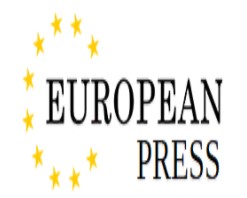By Mhicole A. Moral, Special Features and Content Writer
Decades ago, auditing relied heavily on manual processes, paper trails, and physical records. While effective at the time, this approach was time-consuming and prone to human error. Auditing standards were also less rigorous than they are today, with financial scandals often exposing weaknesses in oversight.
According to Ramil L. Nanola, P&A Grant Thornton’s Audit and Assurance Practice Leader, technology is the primary disruptor in auditing today. Auditing has become more efficient and accurate. Firms are also making significant investments in talent to maintain and improve audit quality.
Support authors and subscribe to content
This is premium stuff. Subscribe to read the entire article.










